Art, Commerce and Colonialism 16001800
This book forms part of the series Art and its Global Histories published by Manchester University Press in association with The Open University. The books in the series are:
European Art and the Wider World 13501550, edited by Kathleen Christian and Leah R. Clark
Art, Commerce and Colonialism 16001800, edited by Emma Barker
Empire and Art: British India, edited by Renate Dohmen
Art after Empire: From Colonialism to Globalisation, edited by Warren Carter
Art and its Global Histories: A Reader, edited by Diana Newall
Art, Commerce and Colonialism 16001800
Edited by Emma Barker

Published by Manchester University Press
Altrincham Street, Manchester M1 7JA
www.manchesteruniversitypress.co.uk
in association with
The Open University, Walton Hall, Milton Keynes MK7 6AA
www.open.ac.uk
First published 2017
Copyright 2017 The Open University
All rights reserved. No part of this publication may be reproduced, stored in a retrieval system, transmitted or utilised in any form or by any means, electronic, mechanical, photocopying, recording or otherwise, without written permission from the publisher or a licence from the Copyright Licensing Agency Ltd. Details of such licences (for reprographic reproduction) may be obtained from the Copyright Licensing Agency Ltd, Barnards Inn, 86 Fetter Lane, London, EC4A 1EN (website www.cla.co.uk).
This publication forms part of the Open University module Art and its global histories (A344). Details of this and other Open University modules can be obtained from Student Recruitment, The Open University, PO Box 197, Milton Keynes MK7 6BJ, United Kingdom (tel. +44 (0)300 303 5303; email ).
Edited and designed by The Open University
Typeset by The Open University
British Library Cataloguing-in-Publication Data
A catalogue record for this book is available from the British Library
Library of Congress Cataloging-in-Publication Data applied for
ISBN 978 1 5261 2292 6 (paperback)
ISBN 978 1 5261 2293 3 (ebook)
The publisher has no responsibility for the persistence or accuracy of URLs for any external or third-party internet websites referred to in this book, and does not guarantee that any content on such websites is, or will remain, accurate or appropriate.
Contents
This is the second of four books in the series Art and its Global Histories, which together form the main texts of an Open University Level 3 module of the same name. Each book is also designed to be read independently by the general reader. The series as a whole offers an accessible introduction to the ways in which the history of Western art from the fourteenth century to the present day has been bound up with cross-cultural exchanges and global forces.
Each book in the series explores a distinct period of this long history, apart from the third, which focuses on the art and visual culture of the British Empire, with particular reference to India. The present book, Art, Commerce and Colonialism 16001800, examines the impact on European art and visual culture of the growth of global trade and the expansion of colonial settlements during these two centuries.
All of the books in the series include teaching elements. To encourage the reader to reflect on the material presented, each chapter contains short exercises in the form of questions printed in bold type. They are followed by discursive sections, the end of which is marked by  .
.
The four books in the series are:
European Art and the Wider World 13501550, edited by Kathleen Christian and Leah R. Clark
Art, Commerce and Colonialism 16001800, edited by Emma Barker
Empire and Art: British India, edited by Renate Dohmen
Art after Empire: From Colonialism to Globalisation, edited by Warren Carter.
There is also a companion reader:
Art and its Global Histories: A Reader, edited by Diana Newall.
This book examines the impact on the visual arts of Europes interaction with the wider world during the seventeenth and eighteenth centuries. By 1600, the initial contacts of the age of exploration had been consolidated into a worldwide commercial network of transoceanic shipping routes, greatly increasing the amount of goods being transferred between continents. Over the next two hundred years, the European powers competed fiercely for control of the global economy, building up vast fleets, founding overseas trading companies and establishing colonial settlements. These developments helped to shape European art of this period in many different ways, as will be shown here by examining images and objects that range from cathedrals to wallpaper, from portraits to porcelain, from still-life paintings to classical villas. Demonstrating their connections with commerce and colonialism not only leads to a better understanding of the history of art, but also sheds light on this critical epoch in world history. The expansion of Christianity across the globe, slavery in the New World, the transformation of European lifestyles and the idea of Europe itself can all be illuminated by making these kinds of connections.
Until recently, however, the history of European art between the Renaissance and the modern era was written almost entirely without reference to these larger histories. The omission is no doubt at least partly due to what is known as Eurocentrism, an outlook that takes the achievements of Western civilisation as its main point of reference and, in so doing, overlooks the appropriation of resources, the oppression of peoples and the destruction of cultures that accompanied Europes rise to global dominance. Within the discipline of art history, this kind of outlook has been compounded by a focus on highly crafted works produced for wealthy patrons that often glorify their power and justify the status quo. The disciplines narrow focus also reflects the extent to which it has been shaped by the legacy of the academies of art, the first of which were founded in Italy in the late sixteenth century. By 1800, they had been established as far afield as St Petersburg (1757) and Mexico City (1785). Seeking to dignify art and artists by gaining recognition for the so-called fine arts of painting, sculpture and architecture as gentlemanly pursuits undertaken without thought of financial gain, these institutions steadfastly upheld the fiction that high art had nothing whatever to do with vulgar commerce.
A large body of recent scholarship, by contrast, expands the traditional remit of art history to consider a broadly defined visual culture (one that includes the decorative arts and design as well as the fine arts) in relation to commerce, colonialism and other forms of cross-cultural contact. The present book builds on this scholarship, but breaks new ground in focusing on the seventeenth and eighteenth centuries rather than being framed with reference to an early modern period that extends from 1500 to 1800. In so doing, it seeks to highlight the extent to which the more substantial and systematic mode of cross-cultural engagement Of particular significance in this respect is the transatlantic slave trade, which grew steadily during this period to reach a peak towards the end of the eighteenth century, when some 80,000 enslaved Africans are estimated to have been shipped annually to the Americas.

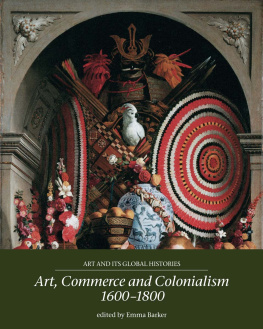
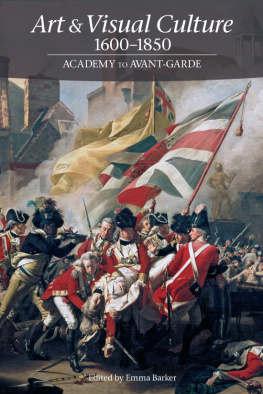


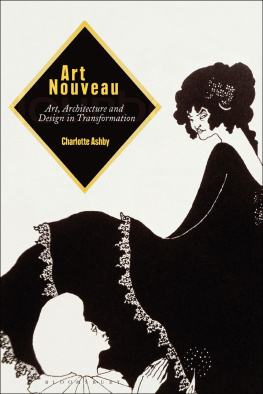
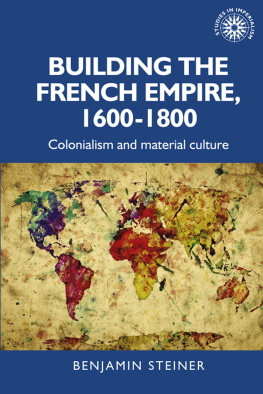
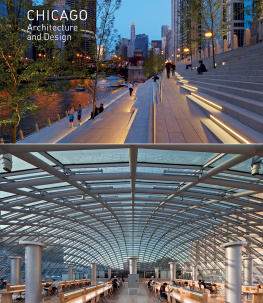
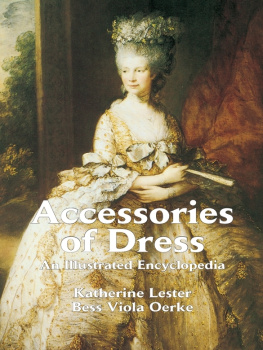
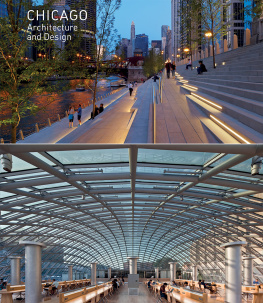

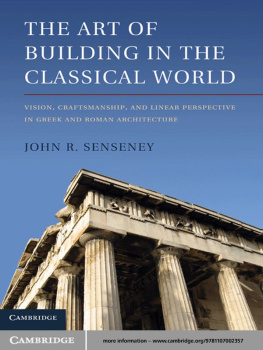
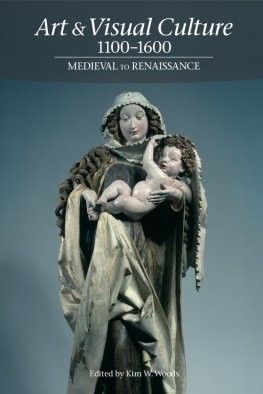


 .
.